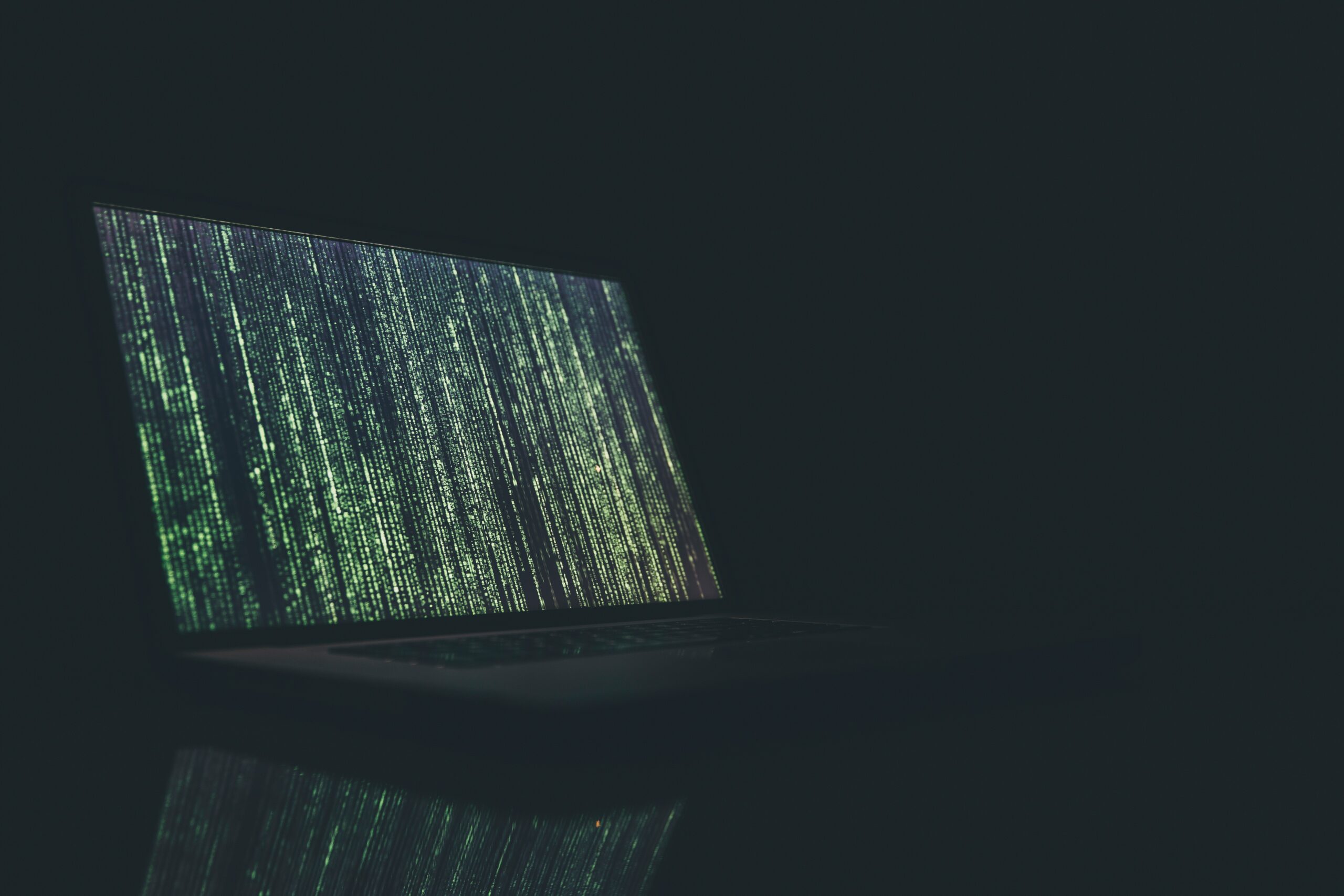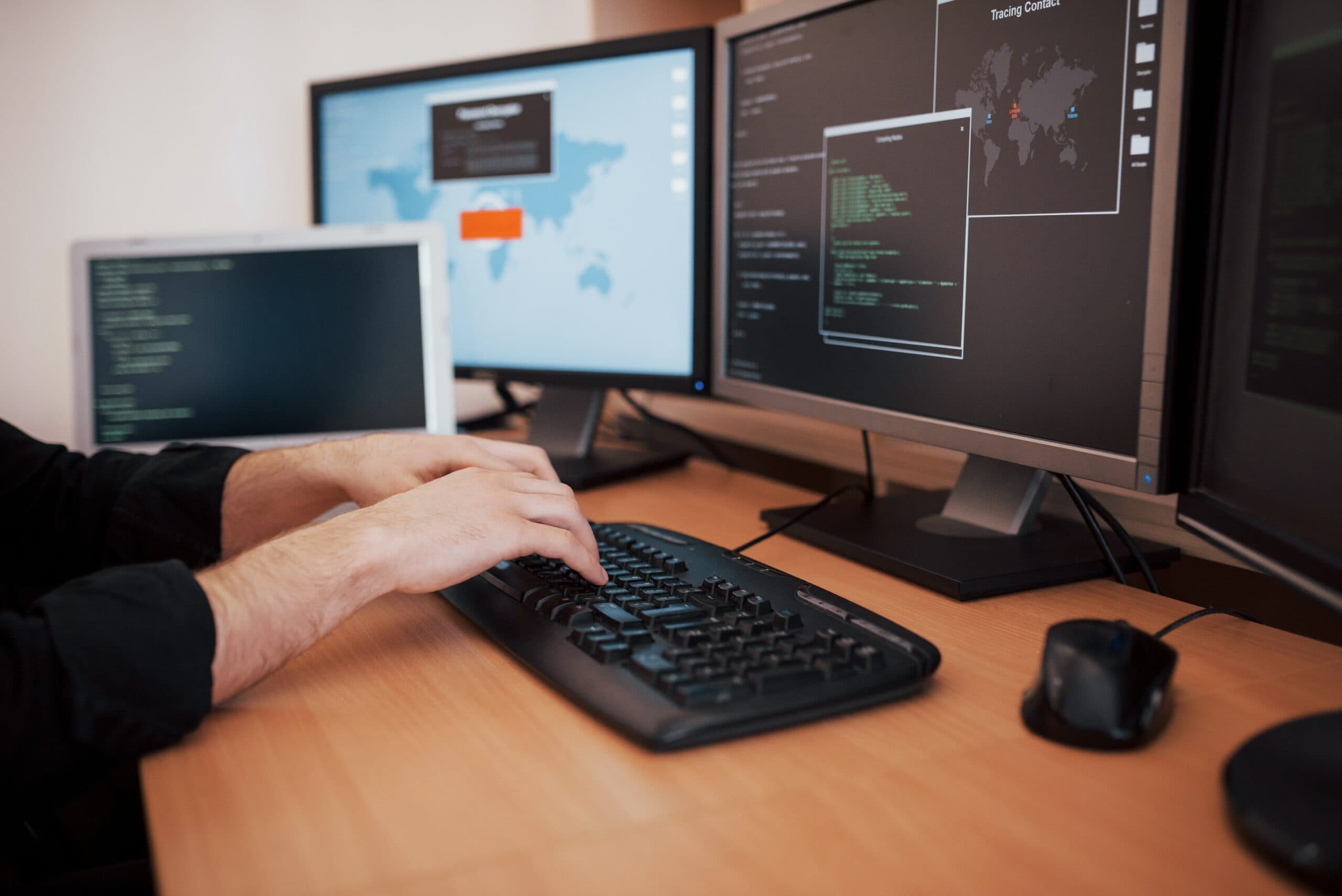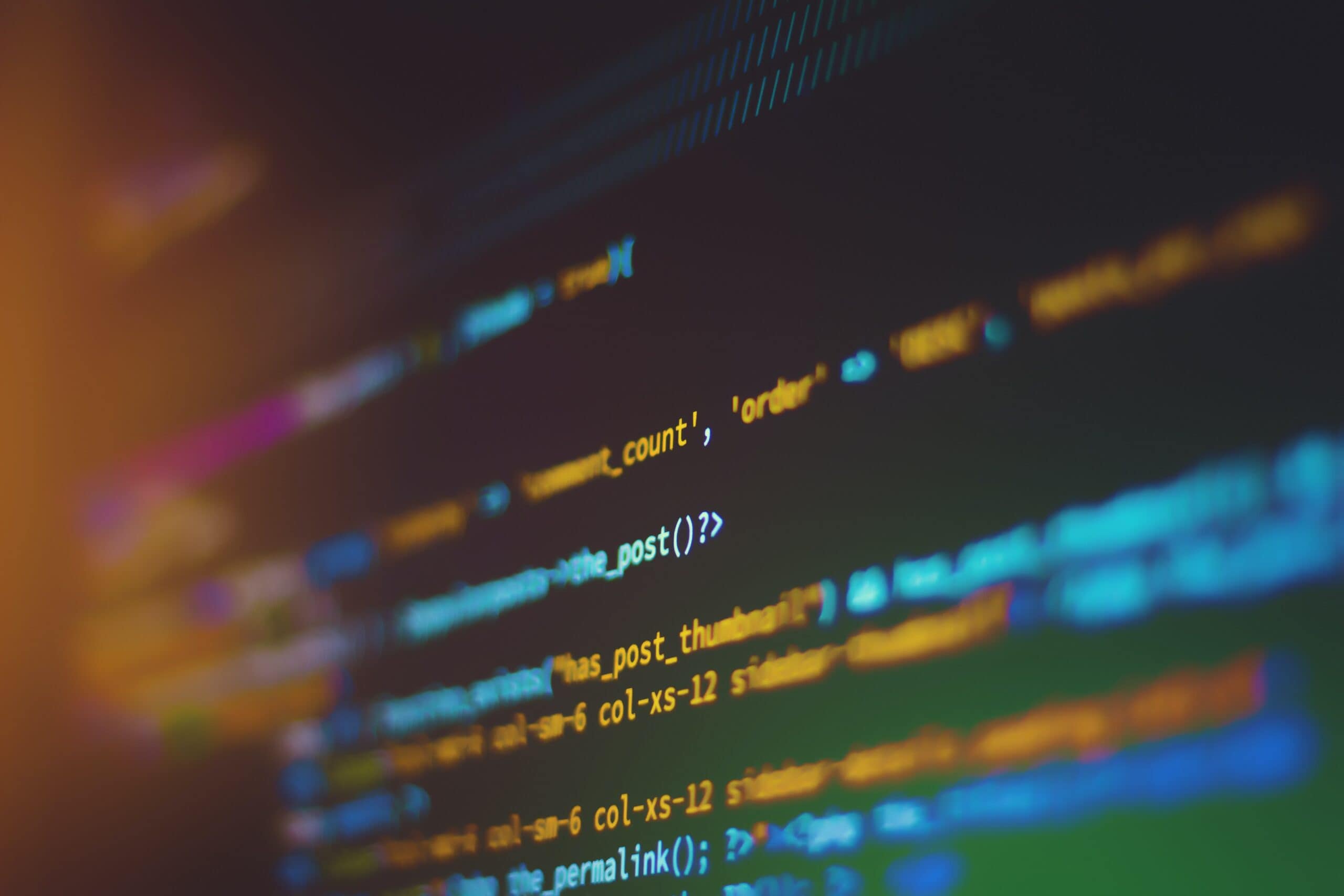Introduction: What is a vCISO?
Wondering what is a vCISO? A vCISO, or Virtual Chief Information Security Officer, is a seasoned cybersecurity professional who offers expert guidance and leadership to organizations remotely.
In today’s digital age, businesses face an array of complex security challenges, and a vCISO steps in as a virtual guardian to navigate these threats. As a trusted provider of IT services, K3 Technology understands the vital role a vCISO plays in fortifying organizations’ cybersecurity posture.
In this blog, we’ll delve deeper into what a vCISO is, their responsibilities, the challenges they face, the benefits of having vCISOs, and how they shape the future of cybersecurity leadership in a virtual landscape.

Roles and Responsibilities of a vCISO
A vCISO has many responsibilities for the organizations and businesses they server. From risk management and technology evaluation to training security awareness and compliance and regulations, vCISOs intend to improve business’ security posture.
Risk Management
A vCISO assumes a critical role in managing an organization’s risk landscape. This involves identifying potential vulnerabilities within the digital infrastructure and assessing the potential impact of these vulnerabilities. By conducting comprehensive risk assessments, they develop a clear understanding of the threats that the organization faces, enabling them to prioritize security measures and allocate resources effectively.
Incident Response
In the event of a cybersecurity breach, a vCISO plays a pivotal role in orchestrating the incident response plan. They lead the organization’s efforts to detect, analyze, and mitigate the impact of security incidents. This entails working closely with IT teams to swiftly contain threats, minimize damage, and restore normal operations. Their ability to manage incidents effectively helps organizations minimize downtime and safeguard sensitive information.
Policy Development
Developing robust cybersecurity policies and protocols is another key responsibility of a vCISO. They collaborate with stakeholders to create comprehensive guidelines that dictate the organization’s approach to data protection, employee behavior, access controls, and more. These policies are designed to align with industry regulations, compliance standards, and best practices, ensuring that the organization maintains a strong security posture.
In summary, a vCISO wears multiple hats as a strategist, protector, and educator. Their responsibilities encompass risk management, incident response, policy development, and collaboration across the organization. By providing tailored cybersecurity leadership, vCISOs ensure that businesses can navigate the complexities of the digital landscape with confidence and resilience.

Security Strategy Formulation
A vCISO plays a crucial role in formulating an overarching security strategy that aligns with the organization’s business objectives. This involves collaborating with senior management to define long-term security goals, devising strategies to achieve them, and implementing measures to ensure the continuous improvement of the organization’s cybersecurity posture.
Collaboration and Communication
Collaboration is essential for a vCISO’s success. They work closely with internal teams, such as IT, legal, and compliance, to ensure that security measures are integrated seamlessly into every facet of the organization. Effective communication is key to conveying complex technical concepts to non-technical stakeholders, helping them understand the importance of cybersecurity and their role in maintaining it.
Continuous Monitoring and Improvement
Cybersecurity threats are ever-evolving, and a vCISO ensures that the organization’s defenses remain robust. They continuously monitor the threat landscape, keeping abreast of emerging risks and vulnerabilities. This proactive approach allows them to adjust security measures as needed and implement necessary improvements to the organization’s security infrastructure.

Vendor and Third-Party Risk Management
Modern organizations often rely on third-party vendors for various services and solutions. A vCISO takes on the responsibility of assessing and managing the cybersecurity risks associated with these external relationships. This involves evaluating vendor security practices, ensuring compliance with security standards, and establishing protocols to mitigate potential risks posed by third-party partnerships.
Training and Awareness
Education is a cornerstone of effective cybersecurity. A vCISO is responsible for designing and implementing training programs that educate employees about cybersecurity best practices, risk awareness, and incident response protocols. By fostering a culture of cybersecurity awareness, they empower employees to become the first line of defense against potential threats.
Compliance and Regulations
A vCISO ensures that your organization adheres to relevant data protection regulations like GDPR, SOC2, or FTC Safeguards. They oversee compliance efforts, including data handling, privacy, and reporting requirements.
By providing tailored cybersecurity leadership, vCISOs ensure that businesses can navigate the complexities of the digital landscape with confidence and resilience.

The Benefits of vCISOs: Strengthening Your Cybersecurity Landscape
Bringing in a vCISO offers a multitude of advantages that bolster your organization’s cybersecurity posture. These benefits include:
- Cost-Efficiency: Engaging a vCISO eliminates the costs associated with hiring a full-time CISO. It provides access to top-tier expertise without the expenses of a permanent executive role.
- Expertise On Demand: vCISOs possess a wealth of specialized knowledge in cybersecurity. They offer strategic guidance, technical insights, and risk management expertise tailored to your organization’s needs.
- Flexibility: The virtual nature of a vCISO’s role allows for flexible engagement. You can scale up or down based on your organization’s requirements, adapting to changing circumstances.

- Customized Solutions: A vCISO tailors cybersecurity strategies to your organization’s unique challenges and goals. They craft bespoke solutions that align with your industry and compliance requirements.
- Resource Efficiency: With a vCISO leading your cybersecurity efforts, your in-house teams can focus on their core responsibilities, ensuring efficient resource allocation.
- Incident Response Preparedness: vCISOs develop robust incident response plans, ensuring your organization is ready to navigate and mitigate potential security breaches effectively.
- Access to Networks: Leveraging a vCISO’s professional network provides access to industry best practices, cutting-edge technologies, and collaborative partnerships.
Incorporating a vCISO into your cybersecurity strategy empowers your organization to stay ahead of threats, optimize resources, and establish a proactive stance against evolving cyber risks.

Emerging Trends in vCISO Services
As the digital landscape continues to evolve, so do the trends in vCISO services. Staying abreast of these trends is essential for organizations seeking to enhance their cybersecurity strategies:
- Holistic Cybersecurity: vCISOs are expected to adopt a comprehensive approach, considering not only technology but also the human factor, process optimization, and strategic alignment to mitigate risks effectively.
- AI and Automation: The integration of artificial intelligence and automation into vCISO services is on the rise. These technologies help analyze large datasets, identify anomalies, and streamline security operations.
- Remote Work Security: With remote work becoming the norm, vCISOs are focusing on securing remote environments and implementing strategies that ensure data protection, secure access, and threat detection beyond traditional office boundaries.
- Threat Intelligence and Hunting: vCISOs are increasingly leveraging threat intelligence and proactive threat hunting to anticipate and counteract emerging cyber threats before they escalate.
- Zero Trust Architecture: The adoption of a Zero Trust security model is gaining traction, emphasizing strict access controls, continuous monitoring, and the principle of “never trust, always verify.”
The future of vCISO services is dynamic and multifaceted, responding to the ever-changing cyber landscape. By staying attuned to these trends, organizations can ensure robust protection against emerging threats and maintain a strong cybersecurity posture.

FAQs
RELATED TO: “What is a vCISO?”
How does a vCISO differ from a traditional CISO?
While a traditional Chief Information Security Officer (CISO) is a full-time, in-house role, a vCISO operates remotely or on a part-time basis. This virtual model offers flexibility, expertise, and cost-effectiveness, making it suitable for organizations that may not require a full-time CISO.
What are the benefits of hiring a vCISO from K3 Technology?
K3 Technology’s vCISO services provide specialized cybersecurity expertise without the need for a full-time hire. They offer strategic guidance, risk management, incident response planning, and policy development. All of which are tailored to an organization’s unique requirements.
What cybersecurity strategies does a vCISO develop?
A vCISO from K3 Technology develops comprehensive cybersecurity strategies that encompass risk assessments, incident response plans, policy development, technology evaluation, employee training, and compliance measures. These strategies are customized to address an organization’s specific security challenges.
Is a vCISO suitable for small businesses?
Absolutely. K3 Technology’s vCISO services are designed to cater to businesses of all sizes, including small and medium-sized enterprises. They offer cost-effective access to top-tier cybersecurity expertise that aligns with the organization’s needs and budget.
Conclusion: What is a vCISO
In essence, a vCISO, or Virtual Chief Information Security Officer, is a highly skilled cybersecurity professional who provides organizations with strategic guidance and expertise to fortify their digital defenses. By bridging the gap between technology and business, vCISOs play a crucial role in identifying vulnerabilities, managing risks, and crafting robust cybersecurity strategies tailored to the organization’s unique needs.
Their responsibilities extend from risk management and policy development to incident response and employee training. As the digital landscape evolves, vCISOs continue to adapt, embracing emerging trends, technologies, and collaborative approaches to safeguard organizations from ever-evolving cyber threats. In a world where data security is paramount, a vCISO serves as a beacon of protection, ensuring that businesses can operate with confidence in an increasingly interconnected and vulnerable digital realm.






